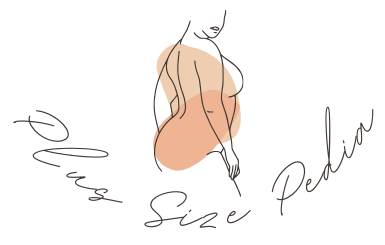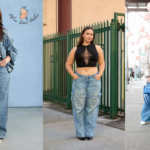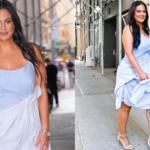We all enjoy our retail therapy, and we love to splurge on new clothes and wardrobe updates.
However, when we encounter unfamiliar terms, the fashion scene can get a little confusing.
As if staying current with the constantly changing trends and standards of the fashion industry and TikTok was not enough, we now have to familiarize ourselves with the terminology related to sizing, many of which seem interchangeable.
Even the most seasoned shopper may become frustrated and perplexed by this seemingly straightforward task.
Size inclusivity and body positivity have allowed sizing labels to transcend small, medium, and large categories.
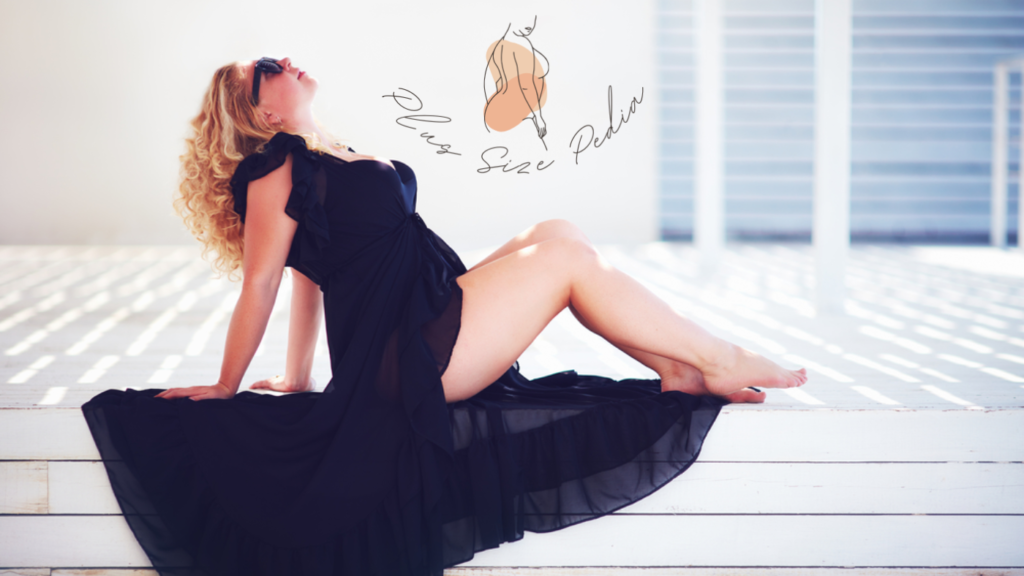
All body types are now encouraged to exist in a more accepting and appreciative environment, and brands are quickly embracing the idea of size inclusivity.
In this blog post, we’ll explain concepts like extended sizes, plus sizes, and straight sizes to you and explore why they enable each of us to choose our clothes wisely and keep up with current trends in the fashion industry.
Exactly What Does Straight Size Mean?
To put it simply, before the idea of size inclusivity was introduced, we were only able to obtain straight sizes.
It speaks of the small, medium, and large sizes, which range from size 6 to size 12 or 14 for certain brands.
According to Statista, 67% of American women do not fit into the traditional “straight size” range, but these sizes are still regarded as standard sizes.
Because they mostly carry straight sizes, most clothing stores do not cater to this particular demographic.
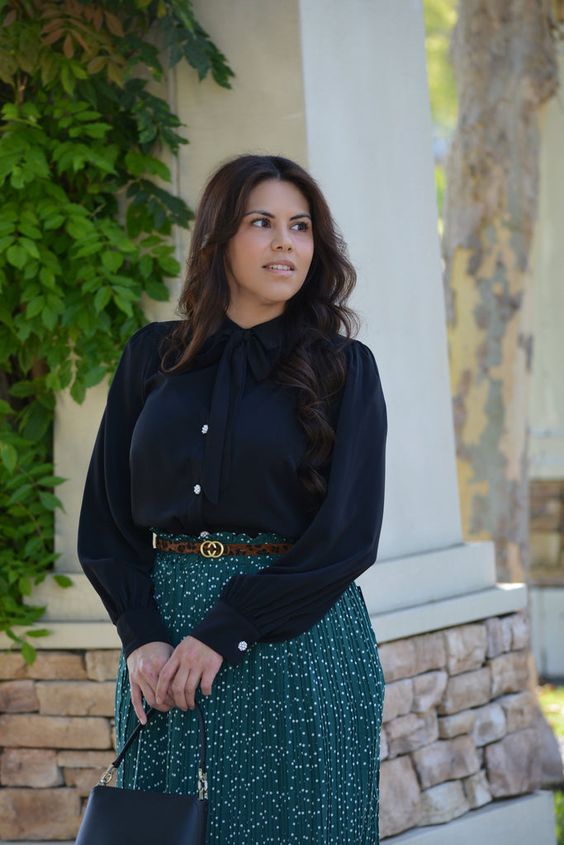
What Is Meant By Extended Sizes?
We accept extended sizes by extending the straight size spectrum (both up and down).
These size ranges are designed for people who are either on the smaller or larger end of the standard S, M, and L sizes. The most popular extended sizes are XS, XXS, XL, and XXL.
Petite size wearers should use the extended sizes, which are smaller than the straight sizes.
When selecting extended sizes, it’s crucial to keep in mind that they are just the regular clothing size pattern scaled up or down, with everyone’s hip to waist ratio remaining constant.
This is the primary distinction between plus and extended sizing, since plus sizes account for the different hip to waist proportions.
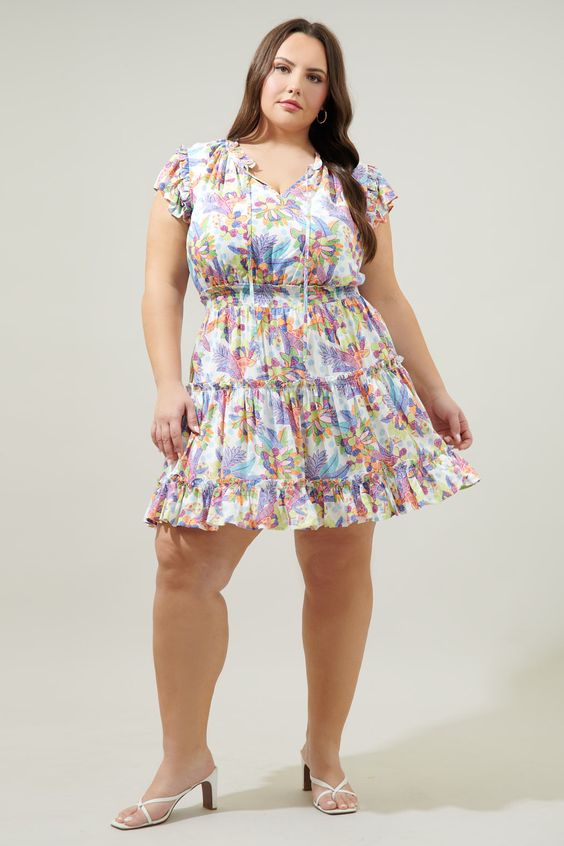
What Are Plus Sizes
The fact that plus sizes are designed with different hip to waist ratios than straight sizes is a huge relief for women with curvier figures.
The plus sizes increase in increments of size starting at 14 or 16. Numbers with an X after them, such as 1X, 2X, and 3X, are used to indicate plus sizes.
Plus size clothing is tailored with a different foundation pattern because the proportions and body shape change as the size increases.
Using a fit model, designers can modify patterns to better fit fuller figures when creating plus size sample clothes.
For example, a plus sized leather jacket from any best plus size fashion store serves as a model for how apparel in this category ought to be made.
Compared to straight sizes, plus sized customers typically encounter the issue of brands not carrying as many of these sizes in stock.
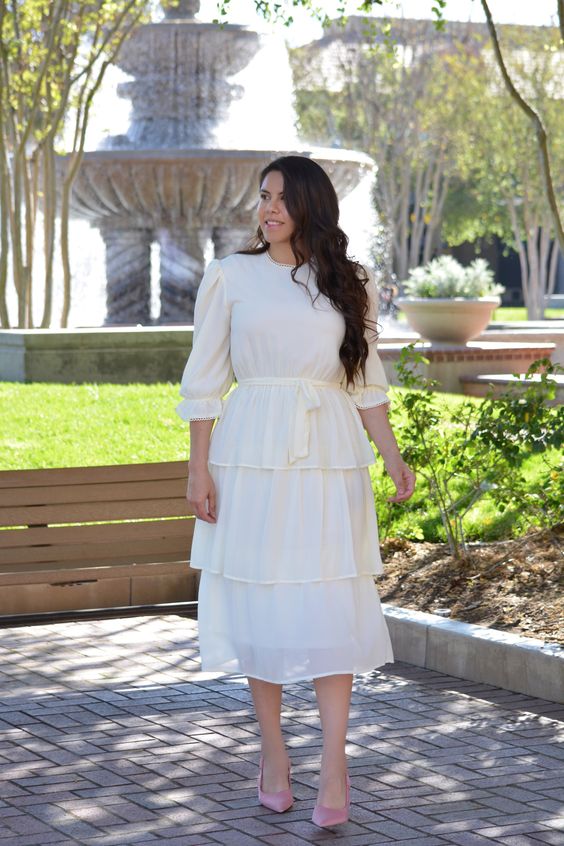
What’s more, the styles that do exist are ugly and don’t have the stylish, current cuts that are typical of clothes in the straight size range.
Brands need to start taking size inclusivity seriously and developing style options that suit all body types.
Are Xxl And 2xl the Same? – The Great Size Debate?
People frequently assume that the sizes marked XXL, 2XL, and 2X are interchangeable because they appear to be similar. It is a fact that XXL and 2XL are equivalent, with XXL being just a shortcut for 2XL.
But, 1X and 2X are not the same as XXL or 2XL sizes because the latter denote the plus size range.
Even though the numbers might seem similar, they accommodate radically different proportions and body shapes.
Plus Size Vs. Straight Sizes
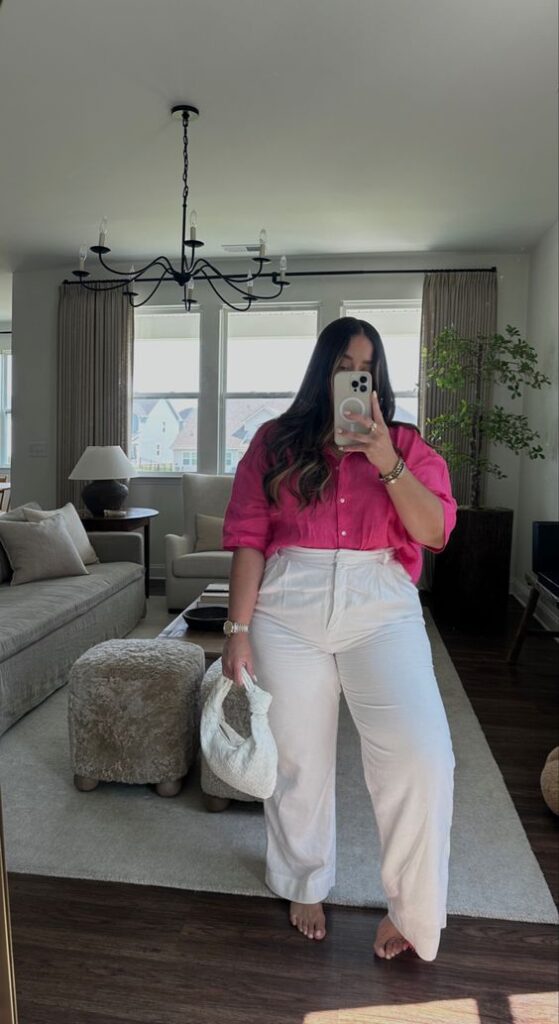
General sizing guidelines state that clothing ranges for straight sizes end at size 14, with anything larger falling into the plus size category.
Customers can also become confused and frustrated by variations in size between brands.
While plus sized clothing is made for plus sized men and women who require sizes larger than those found in the standard range, straight or standard sized clothing fits within the conventional range. For women, plus sizes begin at sizes 14 or 16, and for men, at XL.
Clothes in the plus size range are designed with extra room in the bust, waist, and hips to fit larger figures. On the other hand, straight sized apparel attaches to the standard sizing ranges listed in the sizing charts.
When it comes to size inclusivity, options for a variety of body types are available in both straight and plus sizes.
Assessing Your Size And Accurately Defining The Size Range On Chart
Before choosing a garment that fits you perfectly, there is one important step that you must not skip: taking an accurate measurement of yourself. Even though it looks easy, you have to do it right.
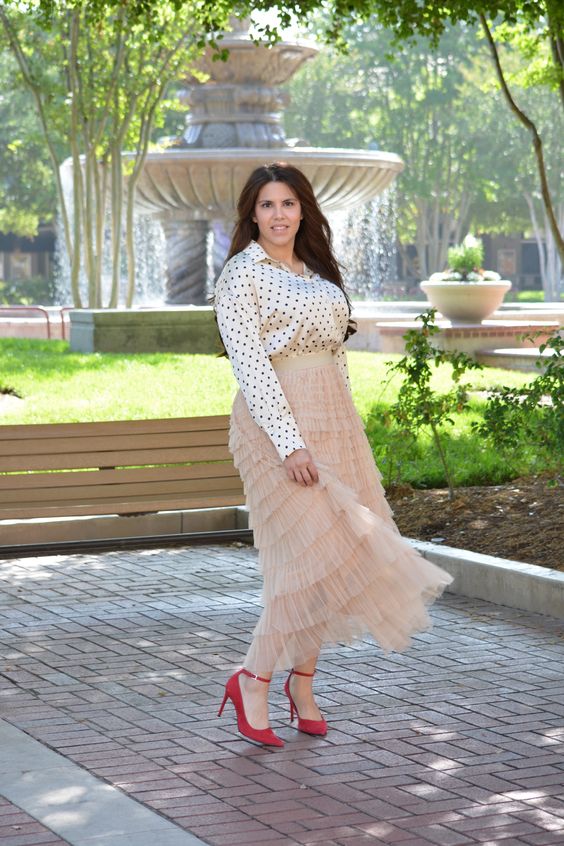
A correct size can make all the difference in the world when it comes to finding clothes that fit you well, look amazing on you, and give you more self confidence!
Appropriate Self Measurement
Here’s how to accurately measure yourself and use size charts.
Get a friend to assist you in taking accurate measurements while you grab a measuring tape or flexible rule. Make sure that you are dressed simply no layers. Place your feet together and stand erect.
Your body will be most accurately represented when you are in a relaxed posture.
Wrap the measuring tape around the area of your bust that is the fullest. Make sure the tape is just the right amount of snug.
Find the area of your torso that is the narrowest to determine your waist size. After measuring the waist with the tape, record the measurement.
Next, measure your hips by wrapping the measuring tape around the largest part of your hips. To guarantee accuracy, take each measurement twice.
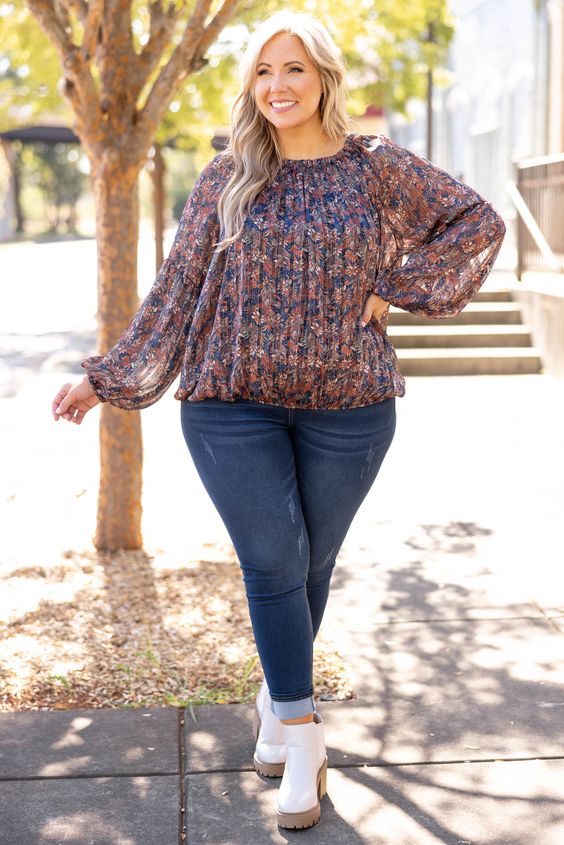
Reference To Sizing Charts
The shoulders, hips, waist, and chest (bust) are the main measurements required to consult a size chart; however, you must obtain additional measurements for some articles of clothing.
For example, the length of the sleeves, the collar measurement, the inseam of the pants, or the desired length for dresses, coats, and jackets.
When purchasing any item of clothing, consult the size chart to determine whether any other measurements should be taken for the same size that you typically choose.
While size charts can be helpful, your comfort should always come first. A better fit may be achieved by going up a size if the clothing feels too tight.
Moreover, always choose the larger size if your measurements are in between two and three sizes.
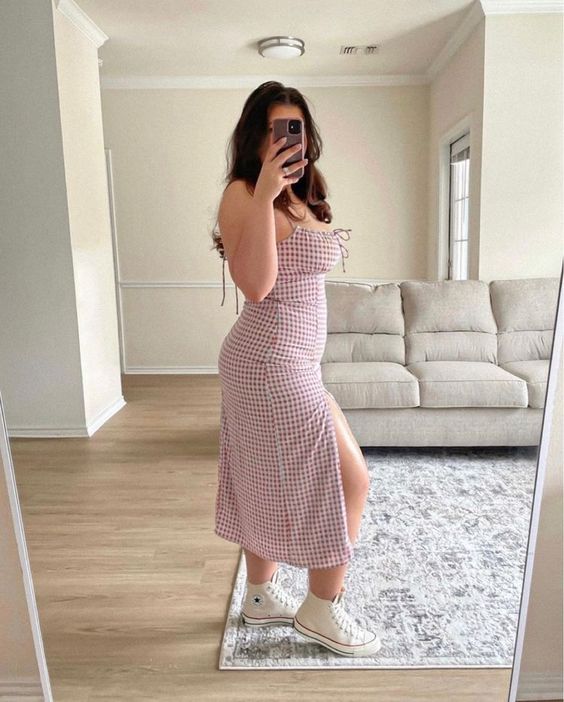
Using a size chart to obtain a perfectly fitted garment is simple if you keep these guidelines in mind.
Wearing clothes that are the right size will enhance your appearance, fit you comfortably, and accentuate your figure.
Size Inclusivity Implemented At Plus Size Fashion Stores
With its selection of plus size outfits for men and women in a range of styles and sizes, including plus and straight, Plus Size Fashion Stores genuinely adopts size inclusivity.
They think that your love of fashion should never be limited by your size or shape.
They take size inclusion seriously, in contrast to other brands that only carry straight sizes in stock despite appearing to offer a wider range of sizes on paper.
They make sure a large variety of their gorgeous plus size clothing comes in plus and extended sizes so you can find the ideal item that accentuates your features and gives you a self assured, fashionable look.
In addition to offering every item in our ready-to-wear collection in a broad size range (XXS to 5X), we also create custom plus size ensembles for you.
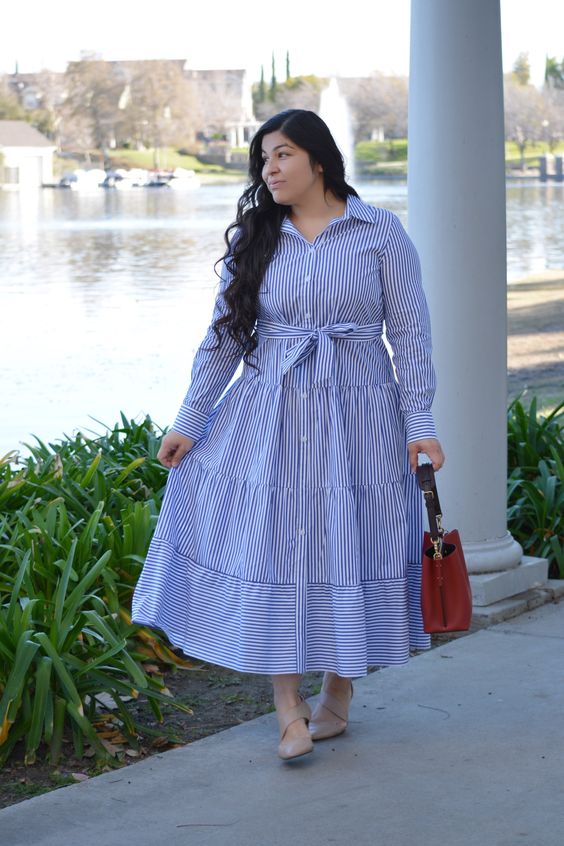
Your worries about choosing a size yourself are eliminated because their bespoke clothes are made to match your exact measurements.
Embracing Body Positivity: Fashion Industry Transformation
Clothes sizes are important, but what matters more is how a piece makes you feel.
Seek out clothes that accentuate your best features, give you a glamorous appearance, and require minimal styling.
The goal of plus size clothing stores is to ensure that every one of our customers finds the ideal piece for themselves without having to scratch their heads.
We do this by supporting the concept of size inclusion and providing a diverse range of sizes and styles for men and women.
Everyone can wear fashion, so don’t be afraid to try out different styling looks even if you wear a plus size.
To learn how different clothing combinations can give you amazing looks, check out our guide on how to wear plus size clothing.
